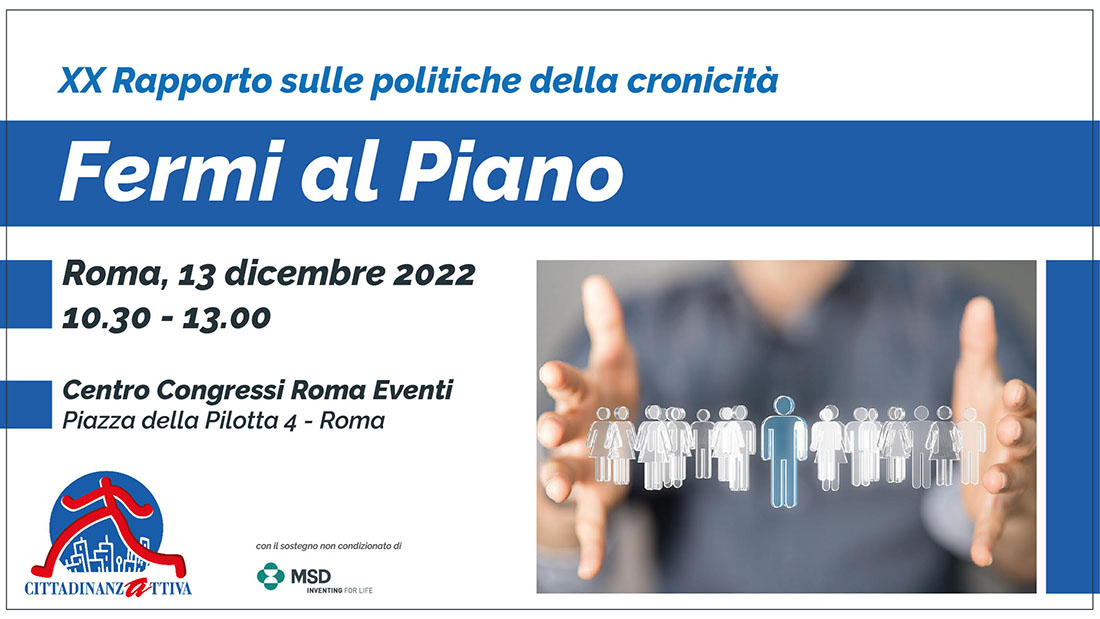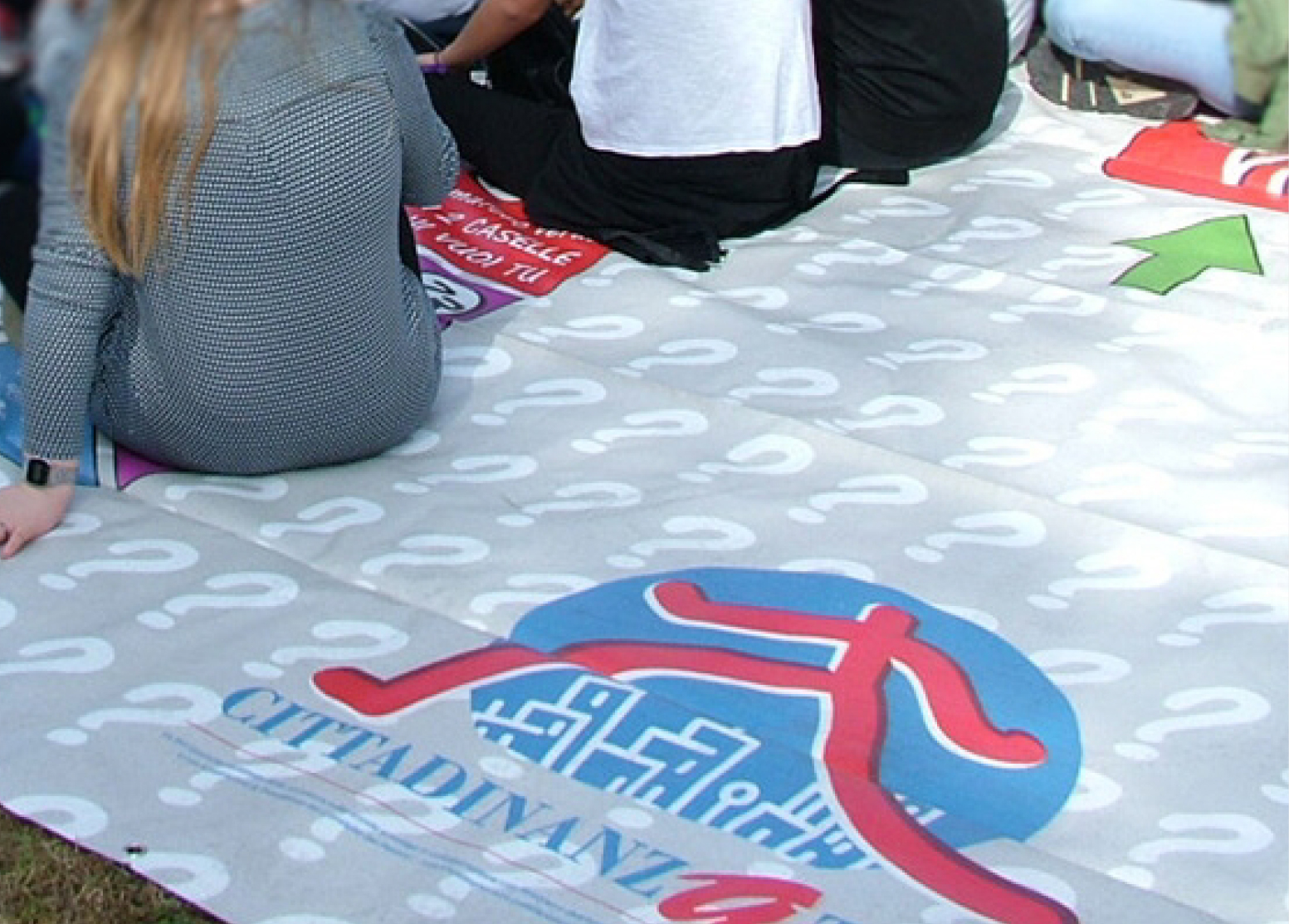Around 1 billion people worldwide, including 136 million in Europe, suffer from headaches. This is the third most widespread disease in the world; women suffer the most from it, with an incidence three times higher than men, especially in the 25-55 age group. Citizens suffering from migraines and headaches are the focus of Cittadinanzattiva’s survey, whose results are being spread today in the context of the “Colpo di testa: Your Rights on Migraine and Headache” campaign. The campaign, promoted thanks to Teva’s unconditional contribution, was launched in 2020 with the publication of an e-book with stories and valuable suggestions for patients.
The survey data mainly highlight the lack of disability recognition for headaches (reported by 43.7% of respondents), the difficulty in examinations and visits booking in the public sector (22.8%), the medications (23.3%) and supplements’ cost (22.1%), and private/intramoenia medical examinations and visits’ cost (19.6%) and copays (18.4%). Women suffer the most from migraines and headaches (89% of the interviewed sample). The most affected age group is the one between 30 and 55 years (69.6%), with a frequency of headaches episodes exceeding 15 times per month (for 29.8% of respondents) of variable duration from hours to days, for 39.8% of the sample. On a scale of 1 to 10, 88% of respondents report pain intensity from 7 to 10. Those who have received a headache have waited, in 30% of cases, from 5 to 7 years and more. "Although migraine has been recognized under Law 81/20 as a chronic disabling disease, progress must be made to ensure greater protection and rights for citizens suffering from it. First and foremost, this can be done by strengthening and extending the diagnosis and treatment centers throughout the territory (1/3 of the respondents requires greater capillarity) and by investing particularly in GP’s training to make sure that some signals are not underestimated, and an early diagnosis of the disease is possible”, says Anna Lisa Mandorino, Cittadinanzattiva’s Secretary-General.
The survey, downloadable at this link, involved 671 citizens of all Italian regions, reflecting the daily experience and the journey of three categories of people: those who received a headache diagnosis (88.2% of the total), those who are still in the stage of clinical and diagnostic assessment/examination (4.3%) and, finally, those who have not yet taken action to investigate the causes of their headaches (6.4%). Among those surveyed who received a diagnosis, 69.1% suffer from migraines, 12.8% from tension-type headaches, and 10.7% from cluster headaches. The survey shows that headaches significantly affect and undermine family (79.9%), social life (80.5%), and career/study path (79.3%), to the point of sometimes/often experiencing discomfort when reporting to others headaches’ (73.6%) suffering.
Compared to the treatment plan, Cittadinanzattiva’s Survey finds that only 5% of the respondents with a headache diagnosis are included in a Diagnostic Therapeutic Assistance Pathway (PDTA) specific to the pathology, while 7.6% are not included, although the residence region would provide for it. 59.2% of those surveyed are partially or not at all satisfied with the effectiveness of drug therapies. On their initiative, 44.1% of respondents sometimes/often take more drugs doses than prescribed or recommended in the package leaflet; 34.4% completed the prescribed treatments, while 32.9% were forced to stop them due to side effects or simply because they felt that the treatment was not effective (32.4%). 37% of respondents are unaware of innovative monoclonal therapies or find it difficult to know where these therapies are prescribed and from whom (6,6%). In a handful of cases, difficulties are met in booking an appointment to headache centers entitled to their prescription (5.2%). Similar inconveniences also arise for those suffering from cluster headaches: 14.8% do not know what oxygen therapy is, and 7.6% declare they have not received information from the neurologist or the Headache Center.
Those who suffer from migraine and headaches demand flexibility in working hours, to be the ability to work from home when needed (48.8%), a dedicated number in case of need and emergency (39.2%), qualified and up-to-date healthcare professionals (35.5%), correct and adequate information on headaches (31.2%). To support families, providing incentives or babysitters and/or caregivers’ relief (19.4%) and the presence of a social network and volunteering (7.4%) would help.
"The challenge — remarks Mandorino — is that to the approval of the law that recognizes headache as a disabling disease, the implementing decrees to provide the right support to patients suffering from it would follow. It is necessary to provide for a code of exemption for chronic primary headache and to ensure, throughout the national territory, access to innovative medicines as well as uniform criteria for the assessment and possible recognition of civil disability”.
Translation by Ginevra Varallo ACN Staff












